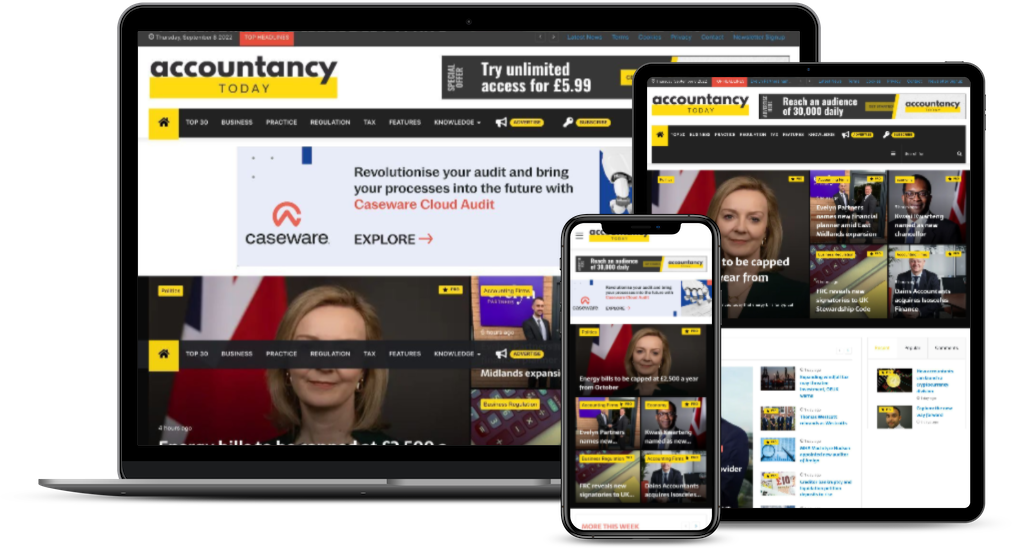
We have known for a while that HMRC has been planning to clamp down on abuses of R&D tax relief, and it’s fantastic news that work in this area is well underway.
Already, multiple professional bodies, advisers and tax publications have reported an increase in enquiries being opened and changes to HMRC processes, which has been extending average processing times from 28 to 40 days.
Although it will be frustrating for businesses not to receive money they are owed as quickly as usual, this is good news in the long run as abuse threatens to undermine confidence in the good work of the vast majority of tax advisers and in the scheme itself.
Given the generosity of the SME scheme (up to 33 pence in every £1 of qualifying expenditure), ensuring it is fit for purpose and that the UK remains a globally-competitive place for cutting-edge research and development are all key priorities for genuine claimants, advisers and HMRC alike.
These are some of the hot topics HMRC is likely to focus on, which need to be on your radar:
1. Subcontracted and Subsidised R&D
Any commercial agreement made between R&D tax relief claimants and their clients can significantly reduce the tax benefit or even make a project ineligible for relief. If a claimant conducts R&D to provide products/services to their clients or is contracted to do R&D, their agreements with those clients need to be assessed when claiming. This topic has become quite controversial, with HMRC’s recently amended guidance being at odds with the profession’s original interpretation of legislation, spanning 20 years, and recent case law (the “Quinn” case).
2. Paid/expensed condition
Any qualifying subcontractor or externally provided worker expenditure must be paid by the time of claiming, and expensed in accounts (or included in intangible fixed assets).
3. Project qualification
It is important to ensure that your client’s claim is based on specific projects which qualify as R&D for tax relief, per the BEIS guidelines, coupled with their respective expenditure, and that this is documented in a well written report (which will be mandatory for accounting periods beginning on or after 1 April 2023).
Be prepared to defend a submission
HMRC has a well-documented enquiry process, but it can be complex and challenging to navigate. The process, which can be time-consuming, needs to be followed correctly to avoid compromising the outcome.
It is also vital that the deadlines set by HMRC are met. HMRC has recently been much quicker to issue schedule 36 notices, which can punish missed deadlines via penalties. Requests to extend deadlines are rarely granted without a schedule 36 notice.
Expect an enquiry
It’s not possible to entirely eliminate the chances of an enquiry. HMRC carries out thousands of reviews a year into R&D tax relief claims, some cursory and others more lengthy. All companies should be prepared in the case their claims come under greater scrutiny in the event of an HMRC enquiry but having the best advice and making the most robust claim at the outset will minimise the chances
While many accountants do undertake claims on behalf of clients themselves, those who work with specialist advisers benefit from much broader experience, and that goes for dealing with enquiries too.
Make sure you select an adviser with R&D tax relief enquiry experience and ensure you understand their stance and charges for handling an enquiry.
Finally, if you feel you have a legitimate claim and an experienced adviser thinks likewise, do not be put off by the scaremongering of those with less experience.
Mehul Kyprianou-Chavda is a Senior R&D Tax Manager at innovation funding specialist Catax. He can be contacted at mehul@catax.com.









